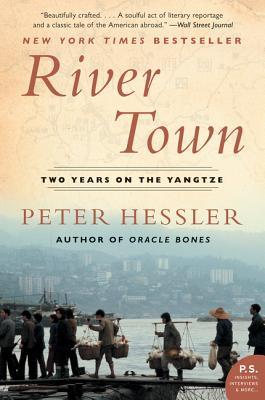National Tree Week, which starts tomorrow, is the UK's largest annual tree celebration, marking the start of the winter tree planting season. It's an opportunity to celebrate the place of trees in our lives.
The campaign has its
roots in the response to Dutch Elm Disease crisis of the 1960s, which
wiped out over 20 million of the UK's most significant landscape trees.
People joined in to “Plant A Tree in ‘73” and since then, people have planted trees across the country during this week.
Trees are vital to our health and well being. They make our towns and cities more beautiful and offer shade to shelter under on a hot day, while in rural areas they form a vital part of the landscape. They give us oxygen, store carbon,
improve air quality, conserve water, preserve soil, support wildlife
and help to tackle climate change.
Current official tree planting targets are not ambitious enough. We need to plant more trees to help reduce UK carbon emissions and prevent climate change from escalating.
However, they need to be the right trees in the right places. If you want to plant a tree in your garden choose a native tree that will not grow too large for the area of your garden. Some types of habitat should not have trees planted on them, peatlands for example are vital carbon sinks in their own right and are habitats for a whole range of rare wildlife and should not be planted with trees. It's also important to realise that natural regeneration is best, so when aiming to expand an existing area of woodland, it may be better to let the trees produce and disperse their own seeds.
U
rban trees are vital, as this article in the Guardian explains. In May this year, Edinburgh council leader, Adam McVey,
signed up to the tree charter. It will be interesting to see how this affects the city's attitude to trees. Edinburgh has recently suffered a loss of trees due to them being killed and removed in development projects (including work on the
new stadium at Meadowbank ,
50 trees being destroyed in Princes Street Gardens for disabled access (disabled access is a good thing of course, but whether so many trees needed to be removed is questionable) and the new roundabout at Picardy Place). Meanwhile down in the north of England,
Sheffield in Yorkshire has seen loads of its street trees removed as part of a new street maintenance contract.
The Tree Council are asking people to become Tree Champions and plant trees - you can find out more
here.
The Woodland Trust offers free trees for schools and community groups, you can find out more
here. They also have pages of
Tree Planting Advice.
The photos at the top of the article show our local cherry trees in spring and autumn, they are beautiful all year round!

















































